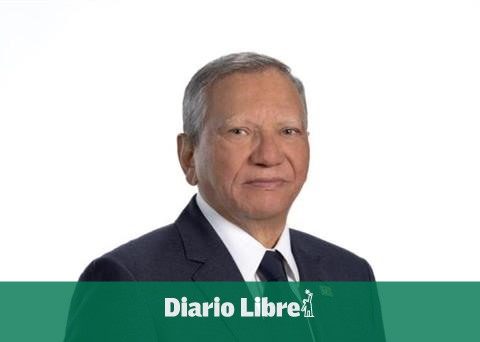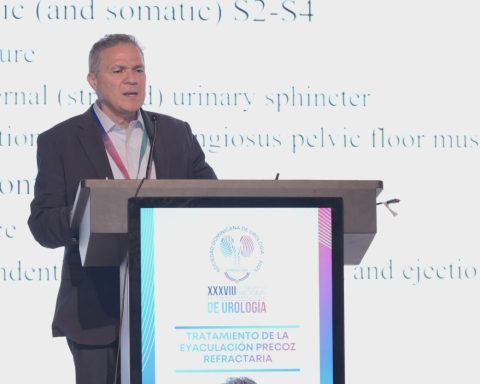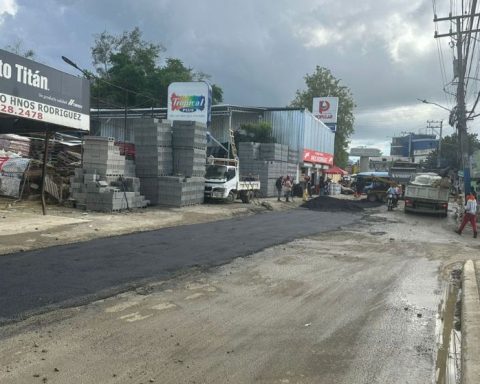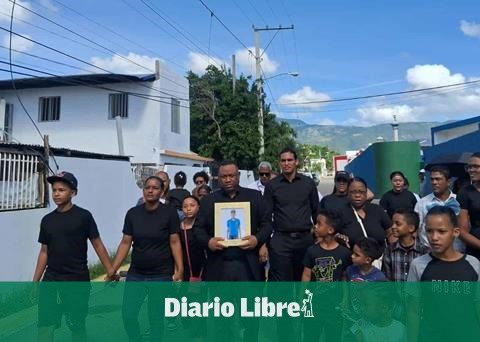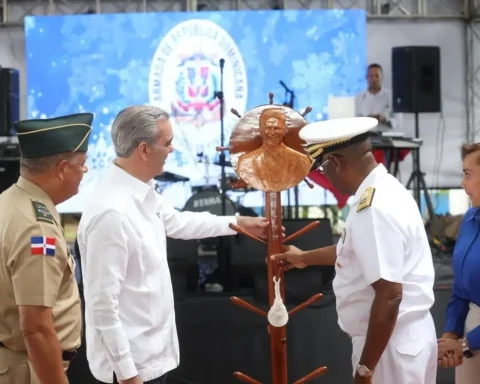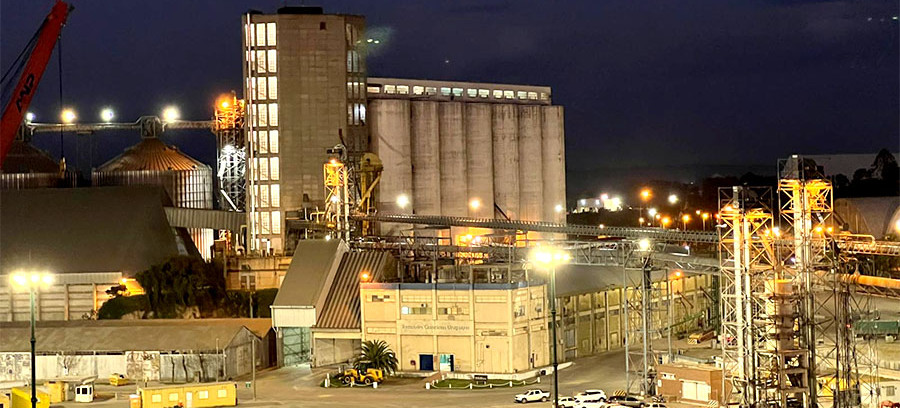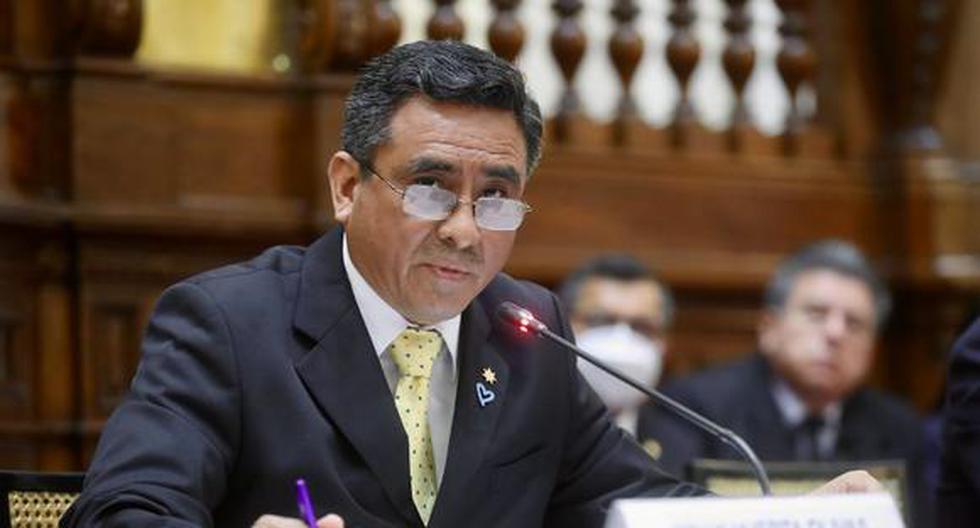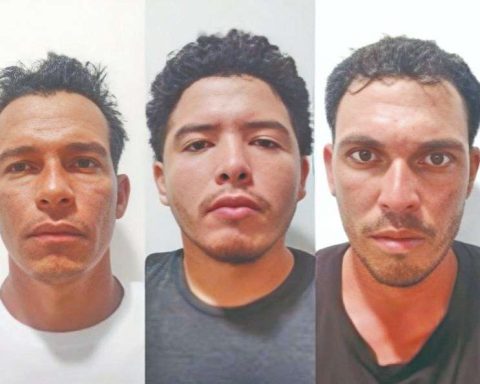Santo Domingo.-Greater Santo Domingo has become an “obstacle course to overcome” in the face of the collapse of large avenues and secondary streets with traffic jams, which are increasing more and more.
A driver did the exercise of starting the route from 27 de Febrero avenue to Duarte avenue at 5:33 pm. He reached the end of the road, in the Plaza de la Bandera, at 6:58 pm It took him one hour and 25 minutes to cover 10 kilometers.
The situation, in addition to causing anxiety to drivers and private drivers, generates high fuel consumption and loss of time.
Routes that could be traveled in 15, 20 and 30 minutes take more than an hour. In addition, discomfort is created and forces many to postpone departures and even medical attention to avoid this ‘nightmare’.
Public transport drivers and taxi drivers consulted, as well as users, assure that there is no longer any time or journey to get rid of the long queues of vehicles, especially since the Christmas salary began to be paid.
Most people feel that the traffic jams become more acute, especially in the so-called rush hours, that is, in the interval between entry and exit to the workplace.
However, there are those who affirm that this slowness that prevents traffic from flowing is repeated from 4:00 and 5:00 in the morning, when many people take taxis or go to take the Santo Domingo Metro and arrive at their respective jobs, limiting even their hours of rest.
“I am from the capital and for this reason of the transit I went to live in Cibao, just because of this situation. It is impossible to continue on this.
If it was handled well, it would be something else, it is a mess, there is no respect, the motorists cross wherever they want; the bus driver doesn’t have to see to damage your vehicle”, deplored José Mateo on John F. Kennedy Avenue.
He came to the city because he had an urgent errand, but he feels that the chaos is getting bigger every day.
“Today I have barely been able to do two services, because the city is blocked, all the streets are full, there is nowhere to go,” said the taxi driver, who only identified himself by Issa and asked not to identify the platform for which he offers service.
Residents of Boca Chica, who have to come to the National District every day, describe commuting to their jobs as “daily hell”, as also happens to people who live in Ciudad Real and Pantoja, in the Santo Domingo Oeste municipality, who spend between 45 minutes and an hour to get to Máximo Gómez. The same happens to the residents of the Santo Domingo Norte municipality, although those on foot have the advantage of flowing via the subway.
Intrant seeks improvement
After acknowledging that the situation that occurs during the Christmas festivities is “crazy”, with the simultaneous departures of people, Hugo Beras, director of the National Institute of Transit and Land Transportation, advanced part of the plans to improve circulation, both for this season as short, medium and long term.
“This week we are working to put into operation the Control Center for the Traffic Light Network in which we establish the synchronized traffic light system to see how we manage the flow of vehicles in the city in coordination with the Digesett,” he explained.
He also said that as of January 2 they will forcefully implement the regulation for the entry of heavy vehicles into the city, looking for alternatives, especially during rush hours, an action coordinated with the Dominican Transportation Federation.
bus systems
“Although it is not an immediate solution, we also finished the surveys for the micro simulation of the city that would be ready in January and we will make the decisions on the issue of roads and redirection, as well as the network of traffic lights, betting that the next years with the arrival of buses to have a more efficient and integrated transport let’s go down from the need to use the individual vehicle”, mentioned Beras, as part of the effort they make to improve.
Heavy Unit Restrictions
Security. As every year, the Intrant will establish restrictions for the circulation of cargo transport in the national territory.
It will be banned at Christmas and New Years. It will be applied between December 23 and 26 and from December 30 to January 2. According to Dary Terrero, Intrant’s Director of Communication, who announced that the permits granted for the restricted access area on both dates will also be prohibited.
Those interested in obtaining special permits must request them from the Intrant until December 22. Both Terrero and Hugo Beras highlighted that from the micro simulation they will synchronize the traffic lights to improve the flow. It meant that they are currently mechanical, and next year they are one of the aspects to be made more efficient.

